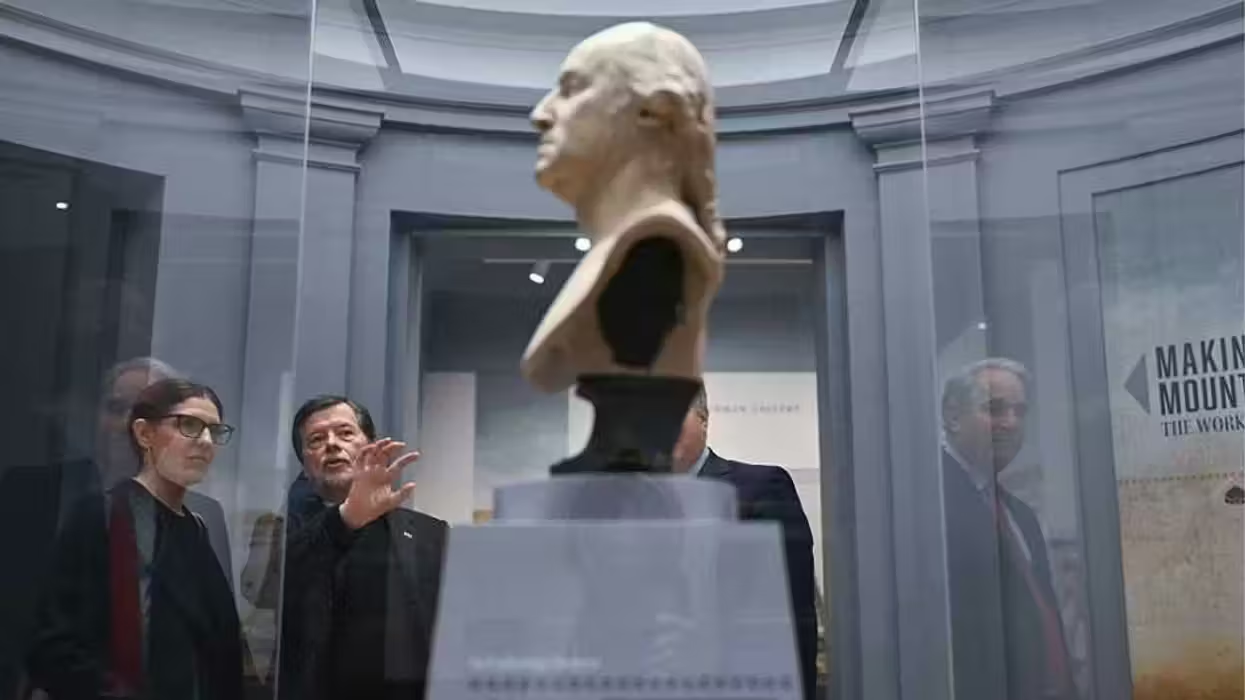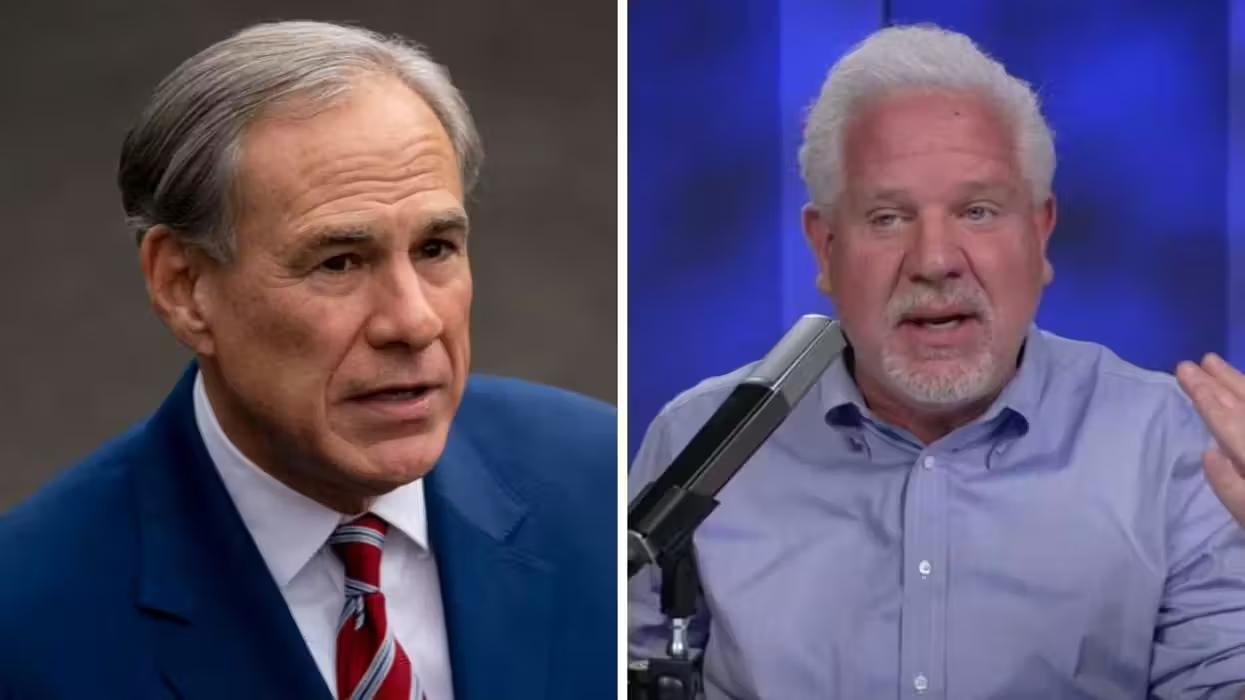Newly released documents show just how well President Donald Trump’s so-called “Muslim travel ban” worked last year, despite being fully operable for just more than a week before a federal judge shut it down.
The number was recently revealed in federal documents obtained by BuzzFeed News through a Freedom of Information Act request.
How many people did it stop?
According to the documents, U.S. Customs and Border Patrol agents stopped 1,903 people for “secondary inspection” during the nine days Trump’s order was in effect. Each person was traveling to the U.S. from one of seven Muslim-majority nations on Trump’s no-entry list.
The countries included in the temporary ban — Iraq, Iran, Syria, Sudan, Somalia, Libya and Yemen — are all hotbeds of terrorist activity.
However, according to BuzzFeed, the majority of those flagged — 1,457 people — were “lawful permanent residents” and merely caught in the middle of a very political situation.
Meanwhile, one-fourth of the remaining 446 people withdrew their request for entry, according to the documents, which likely meant they immediately returned to their country of origin. The remaining 300, who were not permanent residents of the U.S., were granted "various visas or other federal provisions" that allowed them to stay stateside.
Trump’s controversial executive order sought to temporarily bar travelers from those seven nations from entering the U.S. for 90 days, so the White House could develop a plan to better vet travelers from hostile nations.
What's happened to the travel ban?
But Trump's order — which also included a provision to temporarily halt the U.S. refugee resettlement program — was immediately met with pushback. Detractors accused the order of being racist since it only disallowed travelers from Muslim-majority countries.
Just nine days after the ban went into effect, a federal judge issued a restraining order barring the government from further enforcement, a decision the 9th Circuit Court of Appeals later upheld.
The 9th Circuit has continued to rule against the travel ban, but the Supreme Court said in December the administration can fully enforce the ban, which now includes people from North Korea and Chad, while removing Iraq.







